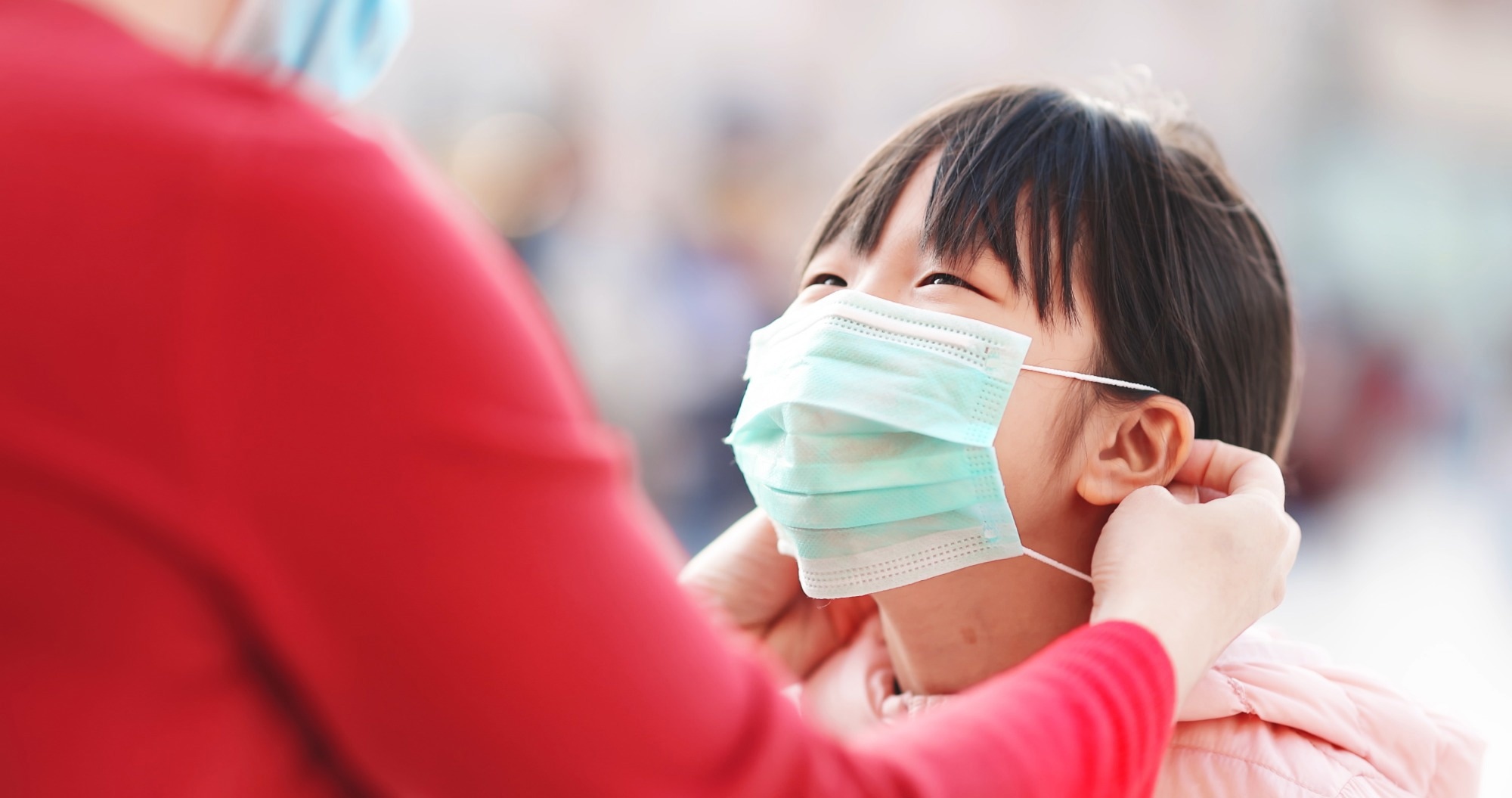Respiratory syncytial virus (RSV) causes acute lower respiratory tract infections (LRTI) in infants and children. The seasonal surge of this virus has been muted due to the ongoing coronavirus disease 2019 (COVID-19) pandemic caused by the severe acute respiratory syndrome coronavirus-2 (SARS-CoV-2) virus.
 Study: Respiratory Syncytial Virus and SARS-CoV-2 Coinfections in Children. Image Credit: aslysun/Shutterstock
Study: Respiratory Syncytial Virus and SARS-CoV-2 Coinfections in Children. Image Credit: aslysun/Shutterstock
Background
During the first year of the pandemic, the seasonal incidence of RSV was not noted; however, in the summer of 2021, an off-seasonal surge in RSV was observed in many countries, including the USA. The Nationwide Children’s Hospital (NCH) in Ohio, US, documented over 10% positive RSV cases for two consecutive weeks starting June 26th, 2021.
This RSV season sustained till December 18, 2021, infecting a total of 2,324 individuals. RSV is typically detected via two methods, namely, rapid antigen testing or polymerase chain reaction (PCR). A sharp decline in RSV cases occurred in mid-December 2021, with only 3-5% of positive RSV patients as of April 2022.
Interestingly, the peak of RSV coincided with the circulation of the SARS-CoV-2 Delta variant, which was dominant during the period. A total of 6,744 children were detected with COVID-19 at NCH. It is imperative to understand if any link exists between RSV and SARS-CoV-2 occurrence. A recent Pediatric Pulmonology study determined whether RSV and SARS-CoV-2 coinfection occurred and if a different clinical phenotype was associated with it.
About the study
To evaluate the occurrence of RSV and SARS-CoV-2 coinfections, a Film Array Respiratory Panel to co-detect these viruses in children was used. Film Array Respiratory Panel can simultaneously detect twenty-two pathogens, including SARS-CoV-2 and RSV, using nasopharyngeal (NP) samples.
A retrospective chart was prepared to analyze the clinical characteristics of children hospitalized with RSV/SARS-CoV-2 co-detection. Additionally, to assess the clinical presentation of SARS-CoV-2, RSV, or both, rt-PCRs were performed because the Film Array Respiratory Panel could not determine the viral load. The cycle threshold (Ct) values for both viruses were predicted separately.
Between May 2021 and April 2022, 1,974 children with RSV were detected, among which 60 children (3%) tested positive for SARS-CoV-2. During this period, RSV coinfection with other respiratory viruses was also detected in children, whose rates varied significantly. For instance, RSV coinfection with adenovirus was 9% and with rhinovirus/enterovirus (RV/EV) was 27%.
Findings
The median age of children co-detected with SARS-CoV-2 and RSV was 1.8 years. Eighteen children required hospitalization, and their median age was six months. Most children hospitalized due to the RSV/SARS-CoV-2 co-detection had no history of underlying chronic medical conditions.
Among the 18 hospitalized children, nine required only oxygen supplementation, while the remaining received intensive care unit (ICU) treatment. To understand the impact of viral load on these children, clinical outcomes were analyzed based on RSV and SARS-CoV-2 Ct values. Considering clinical practices and previous studies, the present study used a Ct value of 30 as a threshold value, i.e., Ct values ≥30 were considered low viral loads, and Ct values < 30 were considered moderate to high viral loads.
Three groups of children were formed and analyzed separately. Group one contained five children with acute infection who showed a high viral load for both viruses. Group 2 contained eight children with acute RSC and convalescent COVID-19. They showed high RSV viral loads and low SARS-CoV-2 viral loads. Finally, Group 3 contained five children with convalescent infections. All the children belonging to Group 3 showed a low viral load for both viruses.
The median age of Group 1 and Group 2 was four months, and that of Group 3 was eight months. 62.5% of children in Group 2 and 60% in Group 3 required ICU treatment. In contrast, 20% of Group 1 children required ICU admission. The duration of hospital admission in Group 2 children was significantly higher than in the other groups. In addition, two children from Group 2 required mechanical ventilation.
Conclusions
The main limitations of this study are its small cohort and single-center sampling. Despite these limitations, this study indicated a low occurrence of RSV/SARS-CoV-2 co-infections, compared to previous endemic coronaviruses. Before the COVID-19 pandemic, endemic coronaviruses were the most commonly co-detected viruses with RSV LRTI in infants.
More research is required to elucidate the reason for increased severity when co-infection was associated with convalescent SARS-CoV-2 and acute RSV infection. Additionally, more research across different seasons is needed to determine if previous RSV infection confers protection against COVID-19. The mechanism behind the interplay between RSV and SARS-CoV-2 needs to be studied in the future.